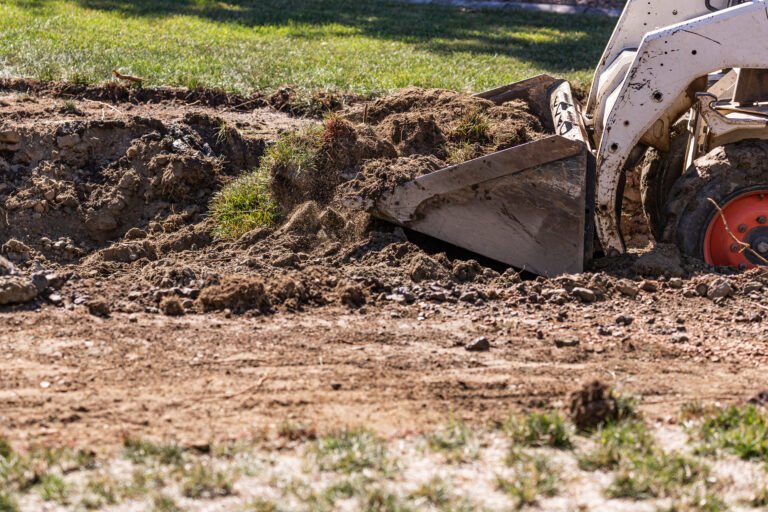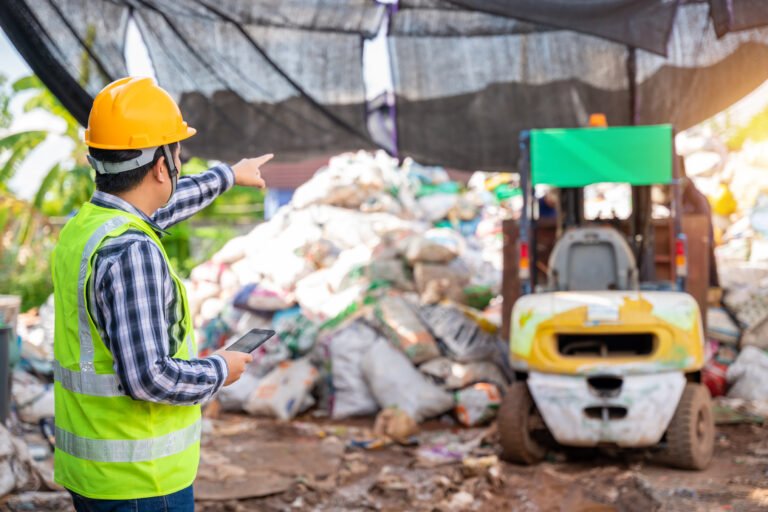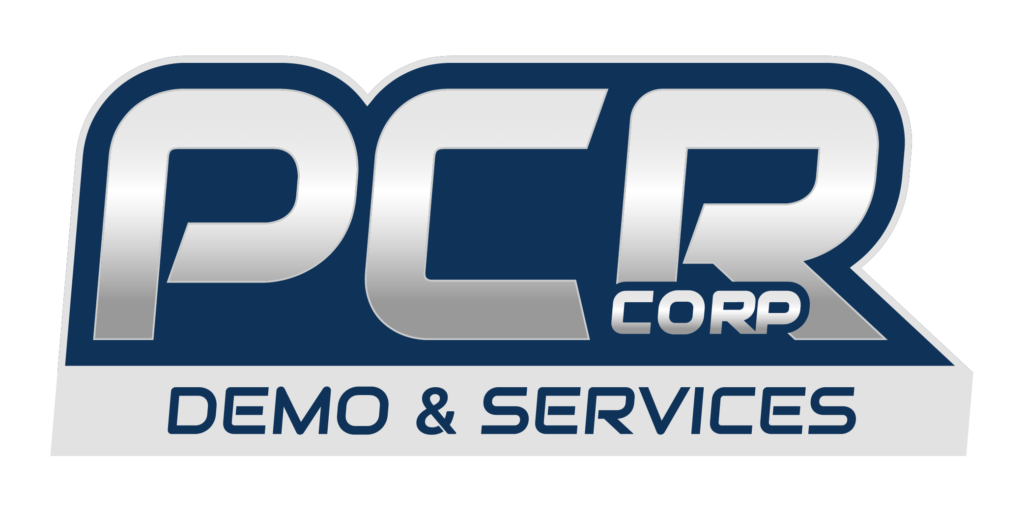Best Practices for Backyard Pest Control: Essential Tips for Homeowners
Maintaining a pest-free garden is a challenge many homeowners face. A variety of pests, from insects to rodents, can invade outdoor spaces, causing damage to plants and making the backyard an unpleasant place to relax. Effective pest control starts with prevention. By understanding the habits and life cycles of common backyard pests, homeowners can implement strategies that deter unwanted critters from taking over their space.
There are several best practices for preventing pests in the backyard. These include regular maintenance routines such as removing standing water, trimming overgrown vegetation, and inspecting plants for early signs of infestation. Employing natural predators, like ladybugs for aphid control, can also be part of an integrated pest management approach. Chemical options exist but should be used judiciously, considering their effects on the environment and non-target species.
Creating a pest control plan tailored to one’s specific garden conditions can significantly reduce the presence of backyard pests. This involves identifying problem areas, choosing appropriate prevention techniques, and staying consistent with maintenance. With the right knowledge and actions, homeowners can enjoy a thriving, pest-free garden year-round.
Identifying and Understanding Backyard Pests
Effective backyard pest control starts with correct identification and an understanding of pests’ habits, lifecycles, and the roles of both pests and beneficial insects. This forms the foundation of integrated pest management (IPM).
Pest Identification Techniques
To manage garden pests, one should be adept at identifying various species accurately. This can be done through direct observation and using resources such as pest identification guides. Photographic evidence compared with reliable online databases can also assist in the identification process. Gardeners can benefit from tools like magnifying glasses or smartphone apps designed to recognize common pests.
Common Backyard Pests and Their Behavior
Understanding the behavior of common pests such as aphids, beetles, and caterpillars is crucial. Most of these pests are known for their detrimental impact on garden health, often feeding on plants and multiplying quickly, developing pest resistance over time. For instance, aphids are known to extract plant sap, weakening the host. Rodents can also be problematic, as they not only damage plants but can also become a health hazard.
- Aphids: Sap-sucking insects causing leaf curling and are often accompanied by ants.
- Beetles: Chew on leaves and roots, with some species laying eggs on plant tissue.
- Caterpillars: Larval stage of butterflies and moths; voracious leaf eaters.
- Ticks: Parasites that can be controlled by keeping grass short and creating dry, unattractive conditions for them.
- Mosquitoes: Breed in standing water; management includes removing water sources and using deterrent plants.
Natural Predators and Biological Control
In every ecosystem, there are beneficial insects and natural predators that play a critical role in biological control. For example, ladybugs feed on aphids, and birds often eat caterpillars and beetles, acting as natural pest controllers. Integrated Pest Management (IPM) strategies emphasize the importance of these creatures and how maintaining their populations can help manage pests without heavy reliance on chemical pesticides.
- Beneficial Insects: Ladybugs, praying mantises, and parasitic wasps aid in reducing pest populations.
- Predators: Birds, bats, and certain mammals consume a large number of insects, contributing to natural pest control.
Implementing Pest Control Strategies
Effective pest control strategies require an integrated approach, combining cultural, physical, and chemical methods. Ensuring proper lawn health and landscape management is critical in preventing pests and reducing the need for pesticides.
Cultural and Physical Pest Control Methods
One cornerstone of pest control is modifying the environment to deter pests. Landscape management should focus on fostering healthy soil and plants, as well as using native plants which are resistant to local pests. Maintaining lawn health through appropriate mowing, watering, and fertilization reduces the likelihood of pest problems such as grubs and cutworms. Row covers can physically prevent pests like Japanese beetles from reaching plants, while baits can be an effective way to control mole populations without widespread chemical use.
- Prevent Breeding Grounds: Clear out any standing water to prevent a breeding ground for pests.
- Regular Lawn Maintenance: Healthy grass can resist pests better than weak grass. Aerating and dethatching are vital.
Chemical Pesticides and Organic Alternatives
When cultural and physical methods are insufficient, chemical pesticides or organic alternatives may be necessary. Organic pest control products include neem oil, Bt (Bacillus thuringiensis), insecticidal soaps, and essential oils which mitigate damage to the ecosystem. For chemical pesticides, always follow label directions carefully and check the EPA registration number to ensure the product is approved for use.
- Organic Alternatives:
- Neem oil: A natural pesticide that repels a variety of pests.
- Bt: Targets caterpillars while being safe for other wildlife.
- Insecticidal soap: Effective against soft-bodied insects like aphids.
- Chemical Pesticides:
- Pesticide Sprays: Use targeted sprays for localized infestations.
- Granular Pesticides: Apply evenly, per label instructions, typically for soil-dwelling pests.
Regulations and Safety Procedures for Pesticide Use
Employing pesticides requires adherence to strict regulations and safety procedures. It is essential to read the pesticide label for application rates, protective gear, and first aid instructions. Only use pesticides as a last resort and target specific pests to minimize environmental impact. It is important to be well-informed on weather conditions as they can affect the effectiveness of pesticide application and potential drift to non-target areas.
- Safety Measures:
- Personal Protective Equipment (PPE): Gloves, masks, and long-sleeved clothing.
- Application Guidelines: Follow timing and dosing as per the label directions.







